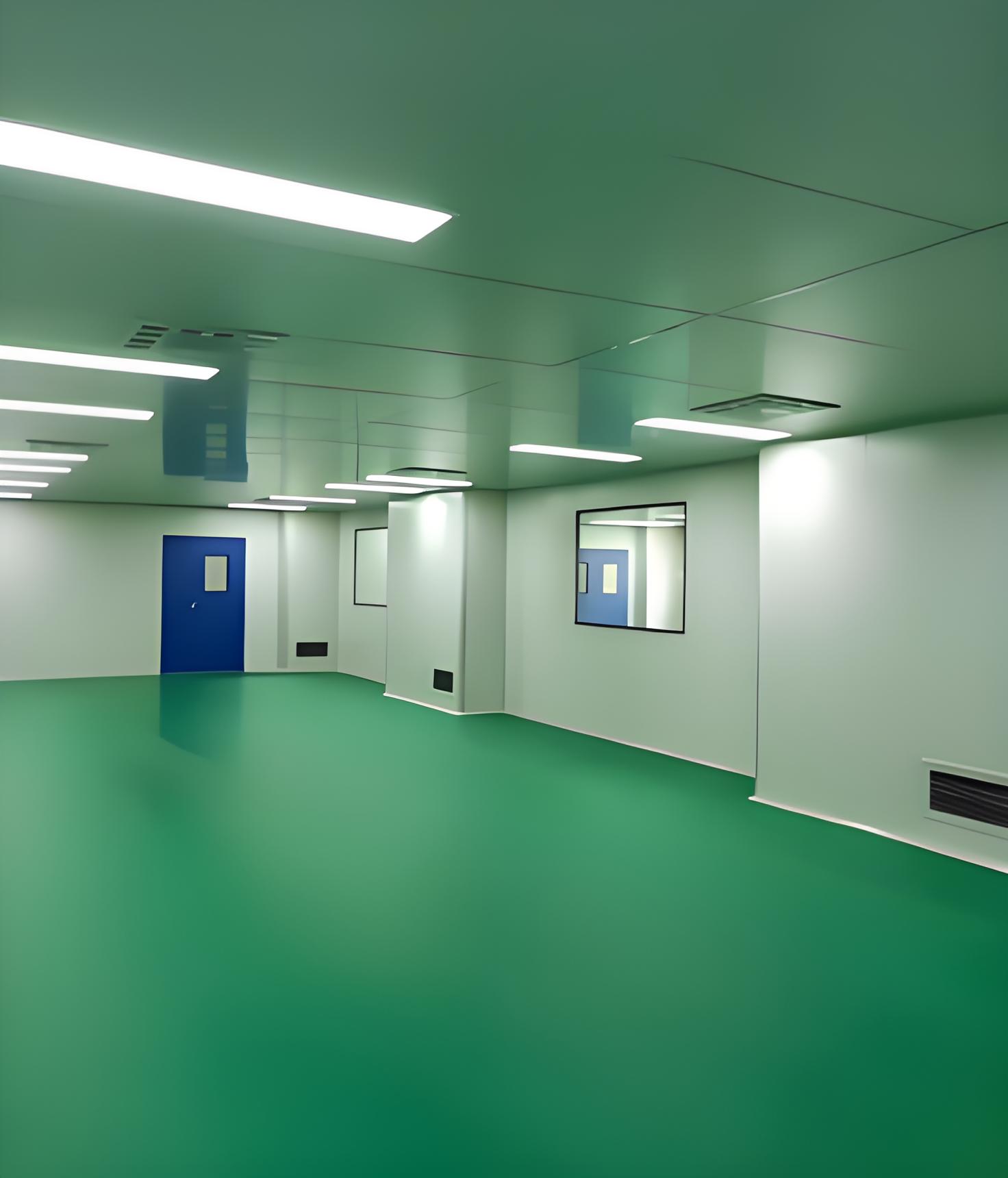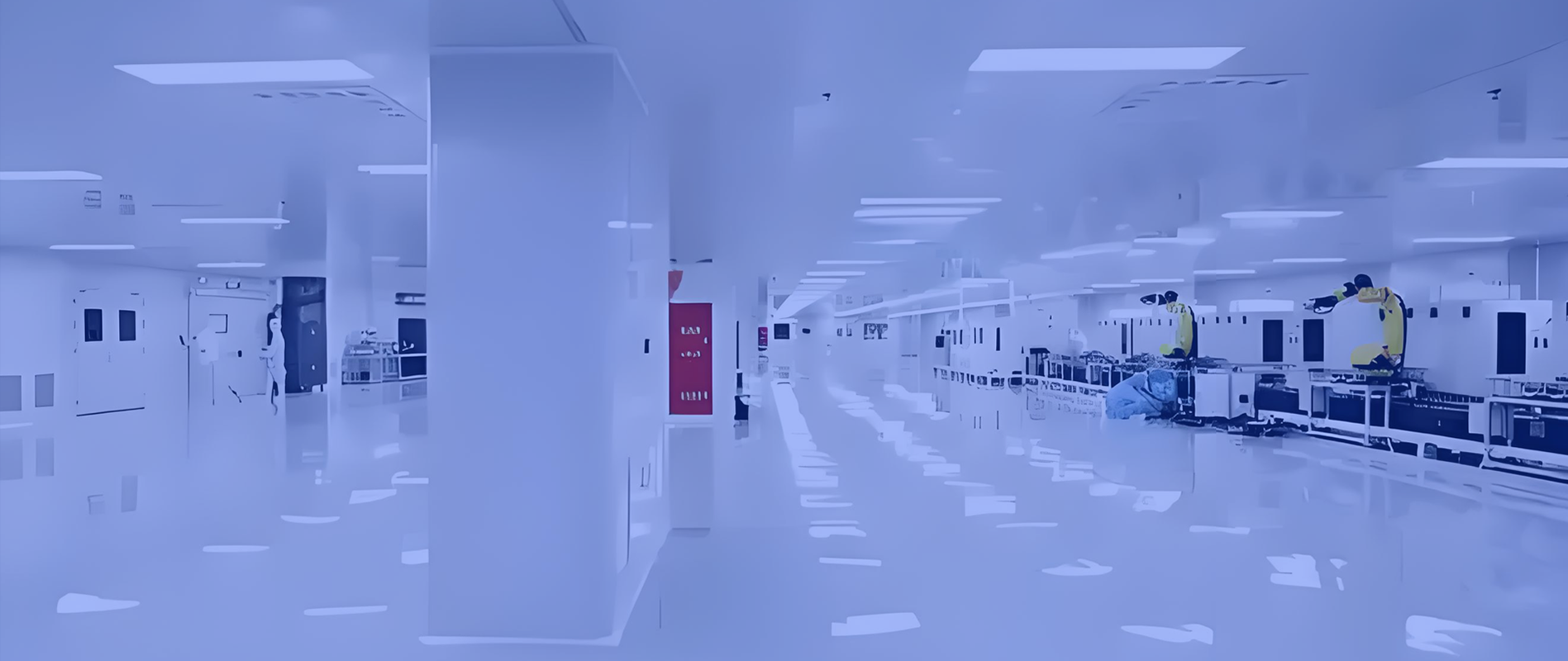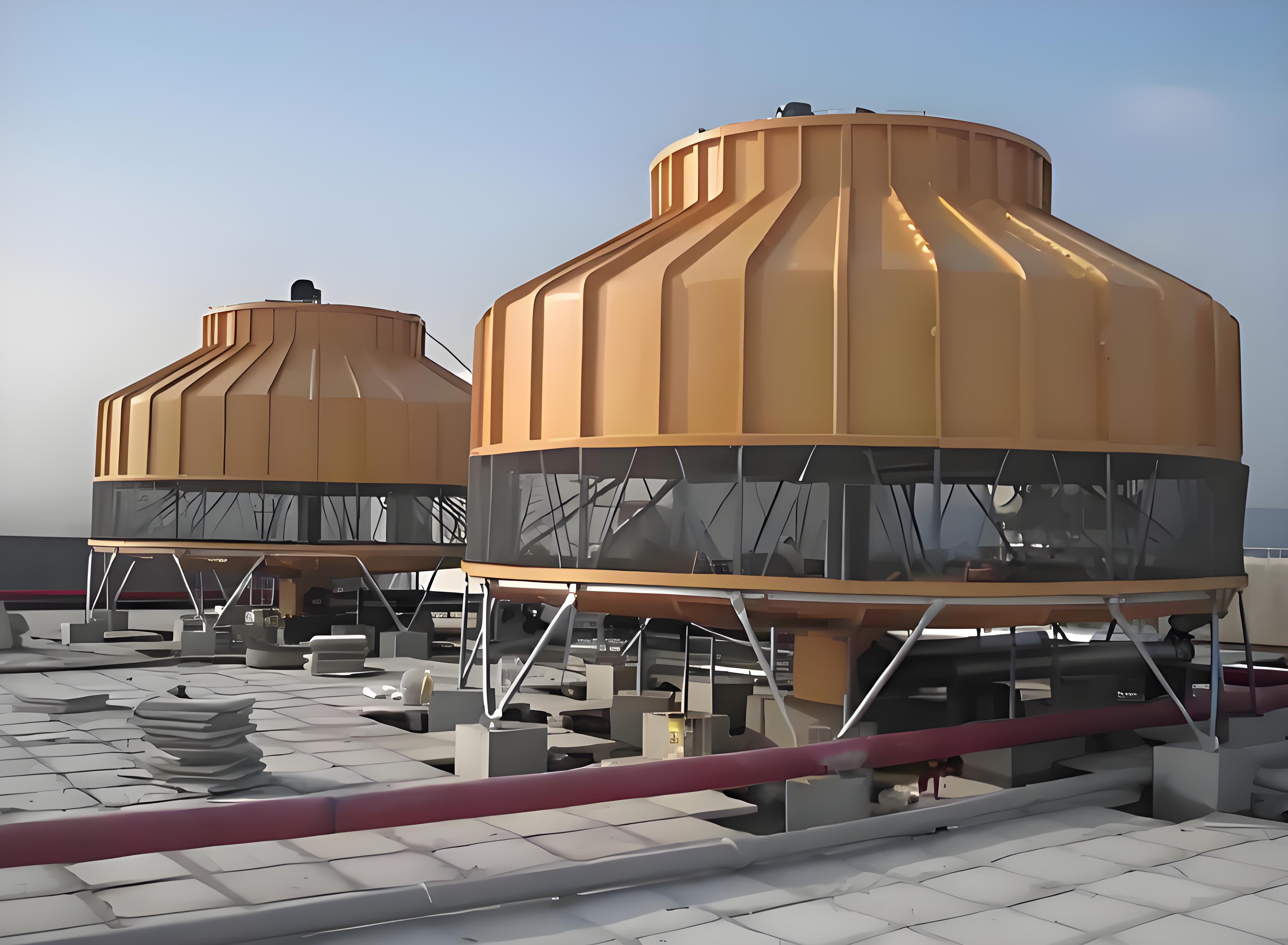
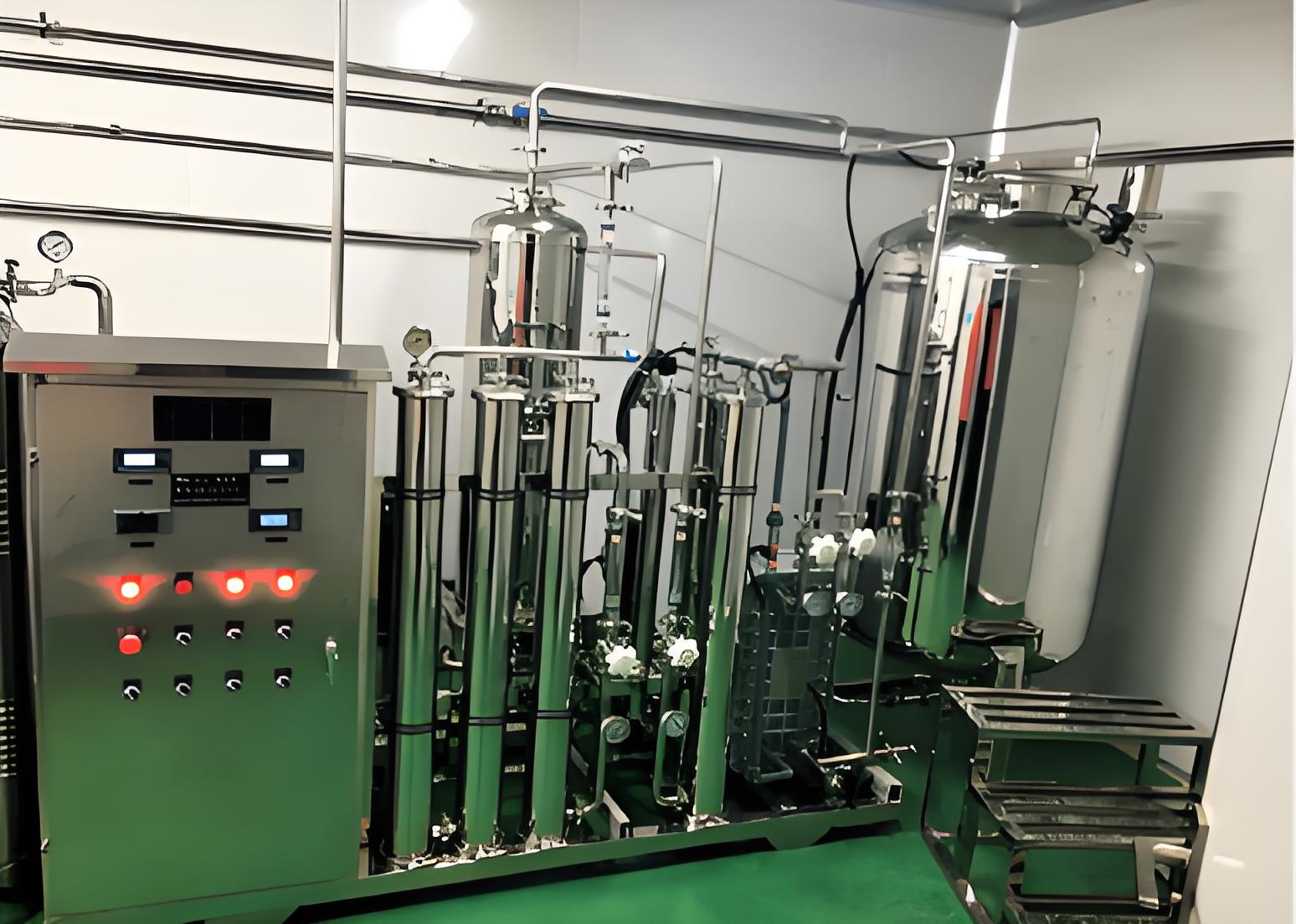
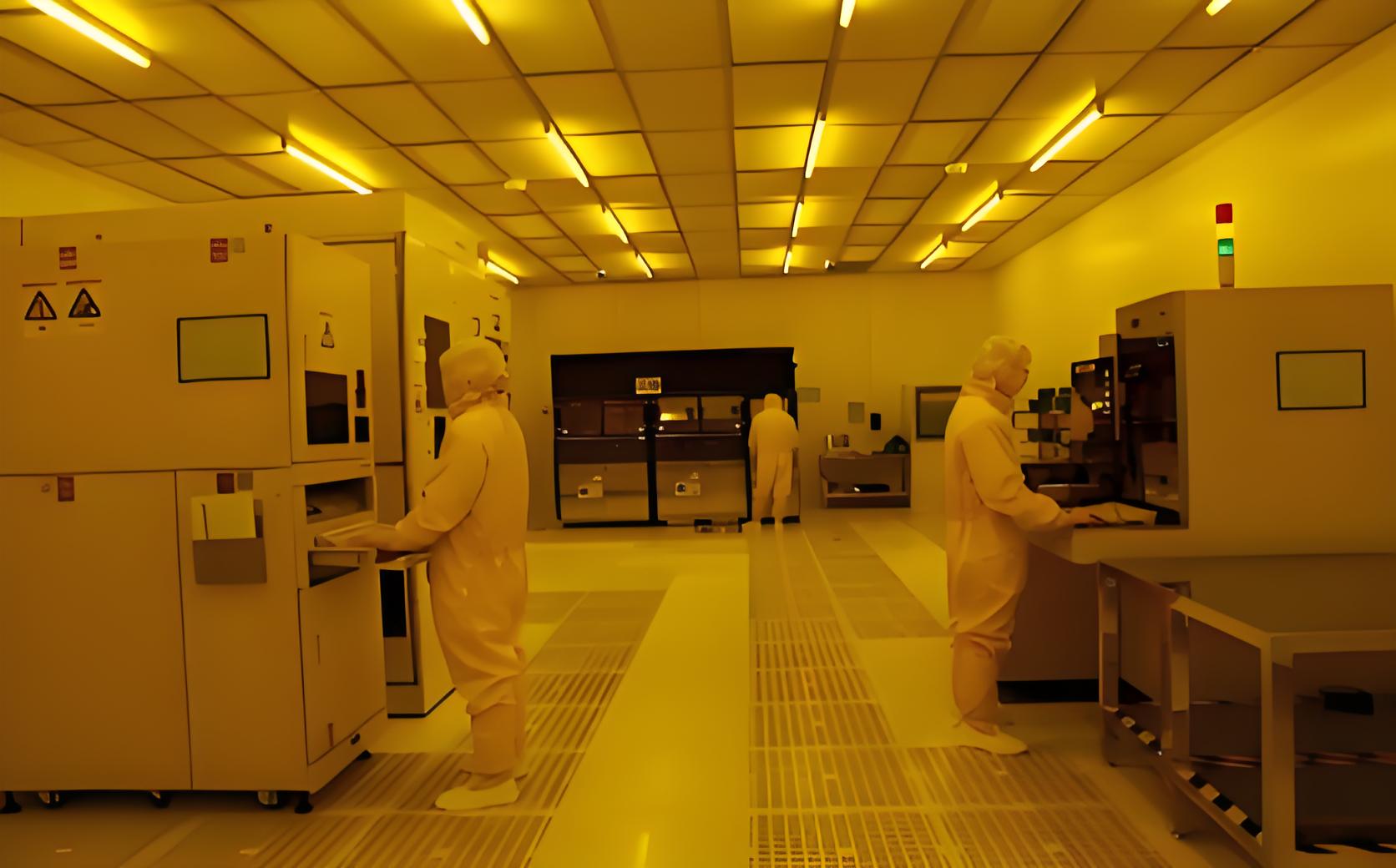

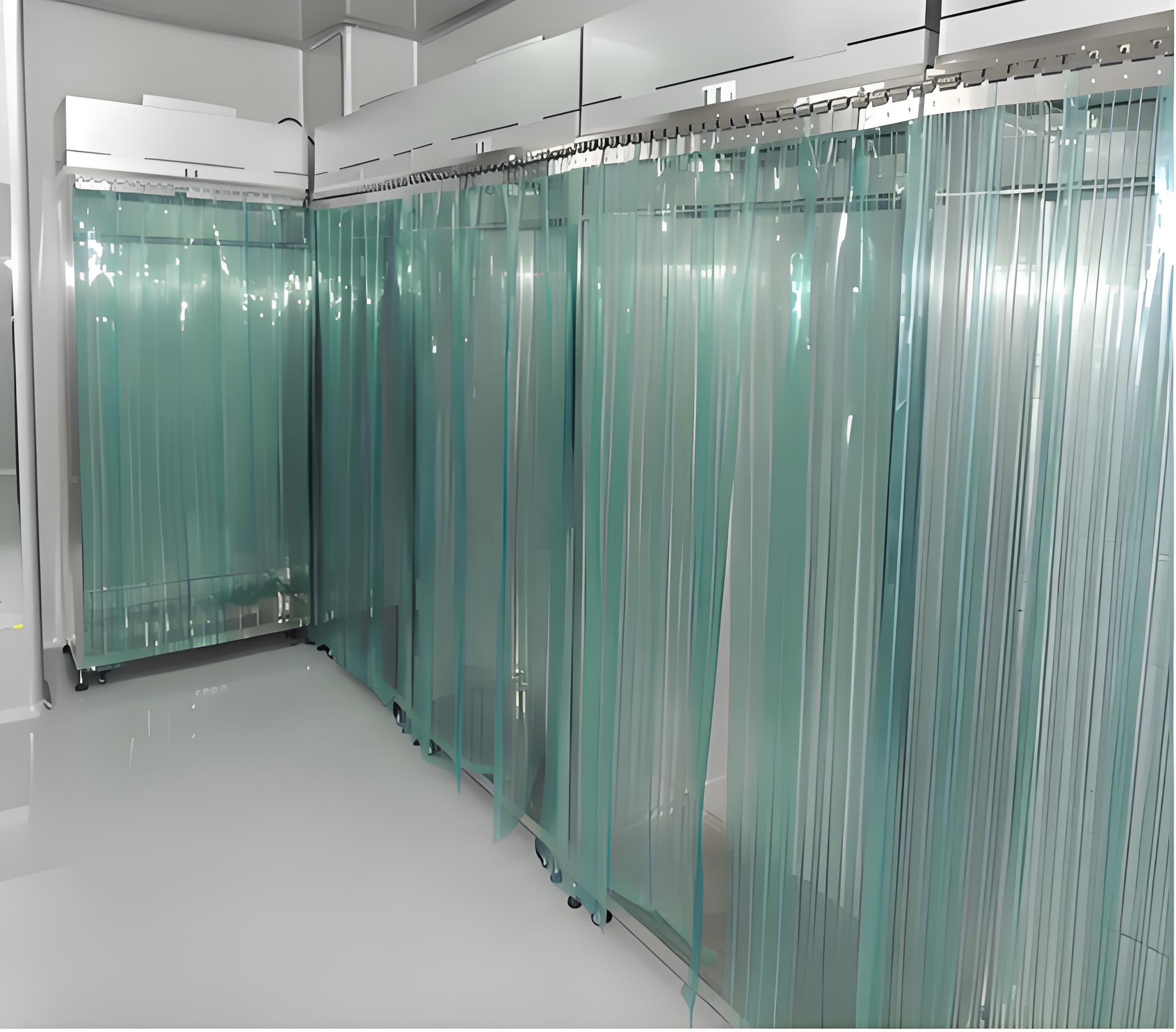
In today's highly regulated industries, from pharmaceuticals to electronics, maintaining a contamination-free environment isn't just a luxury—it's a necessity. Cleanroom engineering forms the backbone of this effort, ensuring that products meet stringent quality and safety standards. Whether you're building a new facility or upgrading an existing one, understanding the core phases of cleanroom engineering can save time, reduce costs, and enhance operational efficiency. In this article, we'll walk through five critical phases of cleanroom engineering, drawing on insights from TAI JIE ER, a leader in delivering custom cleanroom solutions. By the end, you'll have a clear roadmap to navigate this complex field, tailored to real-world applications.
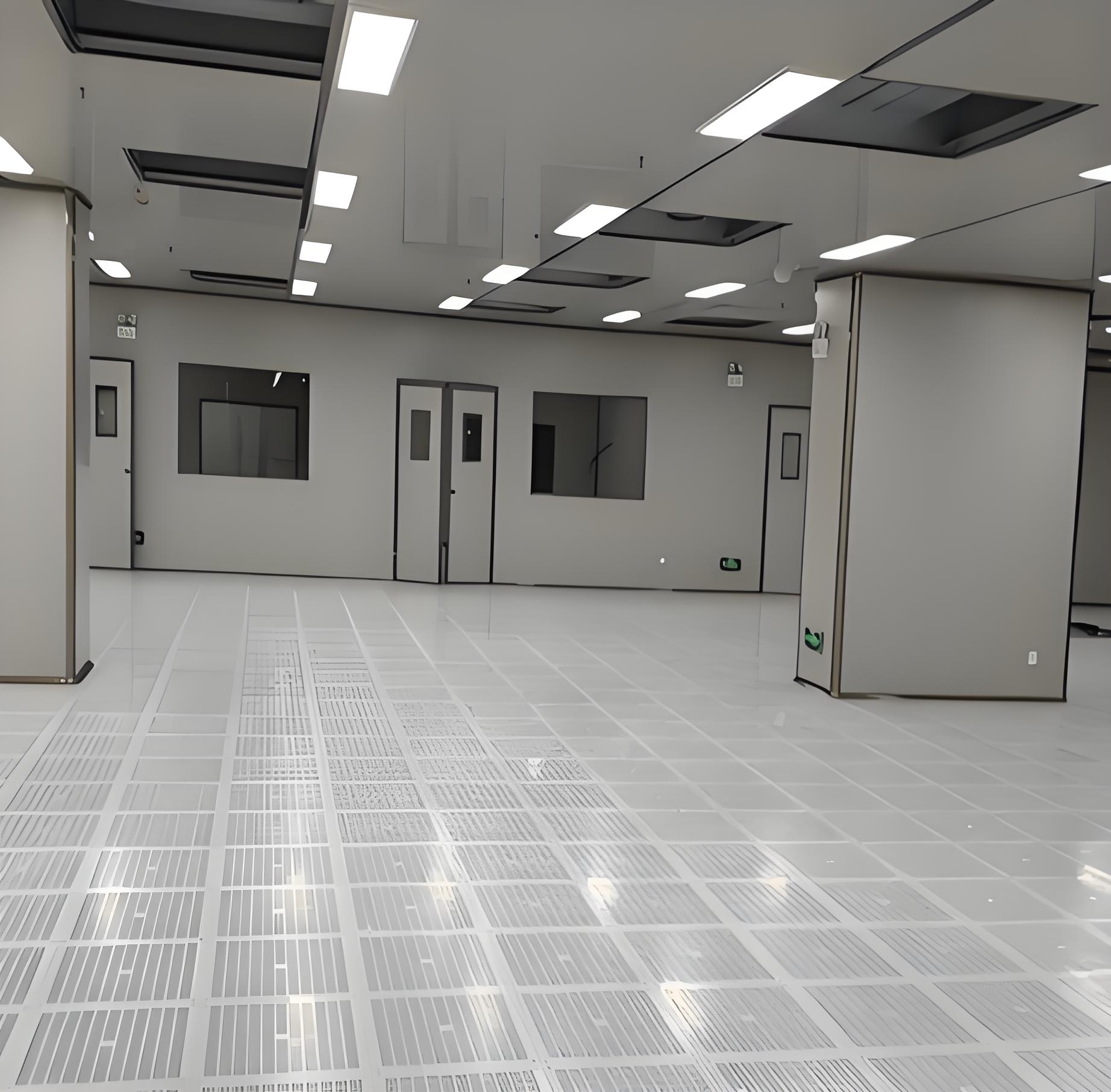
Cleanroom engineering refers to the specialized discipline of designing, constructing, and maintaining controlled environments where pollutants like dust, airborne particles, and microorganisms are kept at minimal levels. This isn't just about installing filters; it involves a holistic approach that integrates architecture, HVAC systems, and material science to achieve specific cleanliness standards, such as those outlined in ISO 14644. In sectors like biotechnology, semiconductor manufacturing, and healthcare, cleanroom engineering is indispensable for preventing contamination that could lead to product recalls, regulatory fines, or even health risks. For companies like TAI JIE ER, which focus on custom cleanroom engineering, the goal is to create environments that not only meet but exceed industry benchmarks, ensuring reliability and longevity.
The importance of cleanroom engineering has grown with advancements in technology and global supply chains. A well-executed cleanroom project can boost productivity, reduce waste, and foster innovation by providing a stable setting for precision work. Moreover, with increasing emphasis on sustainability, modern cleanroom engineering incorporates energy-efficient designs that align with environmental goals. By investing in professional cleanroom engineering, businesses can safeguard their operations and build a reputation for quality.
The first phase in any successful cleanroom engineering project is a thorough needs assessment. This step sets the foundation for everything that follows, as it involves understanding the unique requirements of your facility. Start by defining the purpose of the cleanroom: Is it for sterile drug manufacturing, microelectronics assembly, or research labs? Each application demands different cleanliness levels—for instance, an ISO Class 5 cleanroom for pharmaceuticals versus an ISO Class 7 for medical devices.
During this phase, TAI JIE ER emphasizes collaboration with stakeholders to identify key parameters, such as temperature, humidity, airflow patterns, and occupancy levels. This is where custom cleanroom engineering shines, as off-the-shelf solutions often fall short. Consider factors like workflow efficiency, future scalability, and regulatory compliance. For example, in a recent project, TAI JIE ER worked with a client to design a cleanroom that could adapt to evolving production lines, highlighting the value of tailored planning. A detailed assessment typically includes risk analysis and budget forecasting, ensuring that the cleanroom engineering process aligns with business objectives without surprises down the line.
Once the needs are clear, the next phase revolves around custom design. Cleanroom engineering isn't a one-size-fits-all endeavor; it requires meticulous attention to detail to create a space that functions seamlessly. This stage involves drafting layouts, selecting materials, and integrating systems like HVAC, filtration, and lighting. The design must account for factors such as particle control, pressurization gradients, and ergonomic access points.
In custom cleanroom engineering, TAI JIE ER leverages advanced software to model airflow and contamination risks, ensuring that every element—from wall panels to flooring—contributes to the desired cleanliness class. For instance, in a bespoke project for a biotech firm, the team incorporated modular cleanroom components that allowed for easy reconfiguration as research needs changed. This flexibility is a hallmark of effective cleanroom engineering, as it future-proofs investments. Additionally, sustainability is increasingly integral to design; energy recovery ventilators and low-emission materials can reduce the environmental footprint while maintaining performance. By focusing on custom cleanroom engineering, companies can achieve optimal balance between functionality, cost, and compliance.
With designs finalized, the construction phase begins, turning plans into reality. This is often the most visible part of cleanroom engineering, involving physical build-out while adhering to strict protocols to prevent contamination during assembly. Key activities include installing structural elements, sealing joints, and setting up mechanical systems. It's crucial to work with experienced contractors who understand the nuances of cleanroom engineering, as even minor errors can compromise integrity.
TAI JIE ER typically oversees this phase with rigorous quality control, coordinating teams to ensure that construction aligns with the custom design. For example, in a large-scale electronics cleanroom project, the implementation included phased construction to minimize disruption to ongoing operations. Cleanroom engineering during build-out also involves verifying material compatibility—using non-shedding surfaces and antimicrobial coatings—to maintain low particle counts. Regular inspections and documentation are part of this process, providing a trail of compliance for audits. By managing construction meticulously, cleanroom engineering delivers spaces that are not only functional but also durable and easy to maintain.
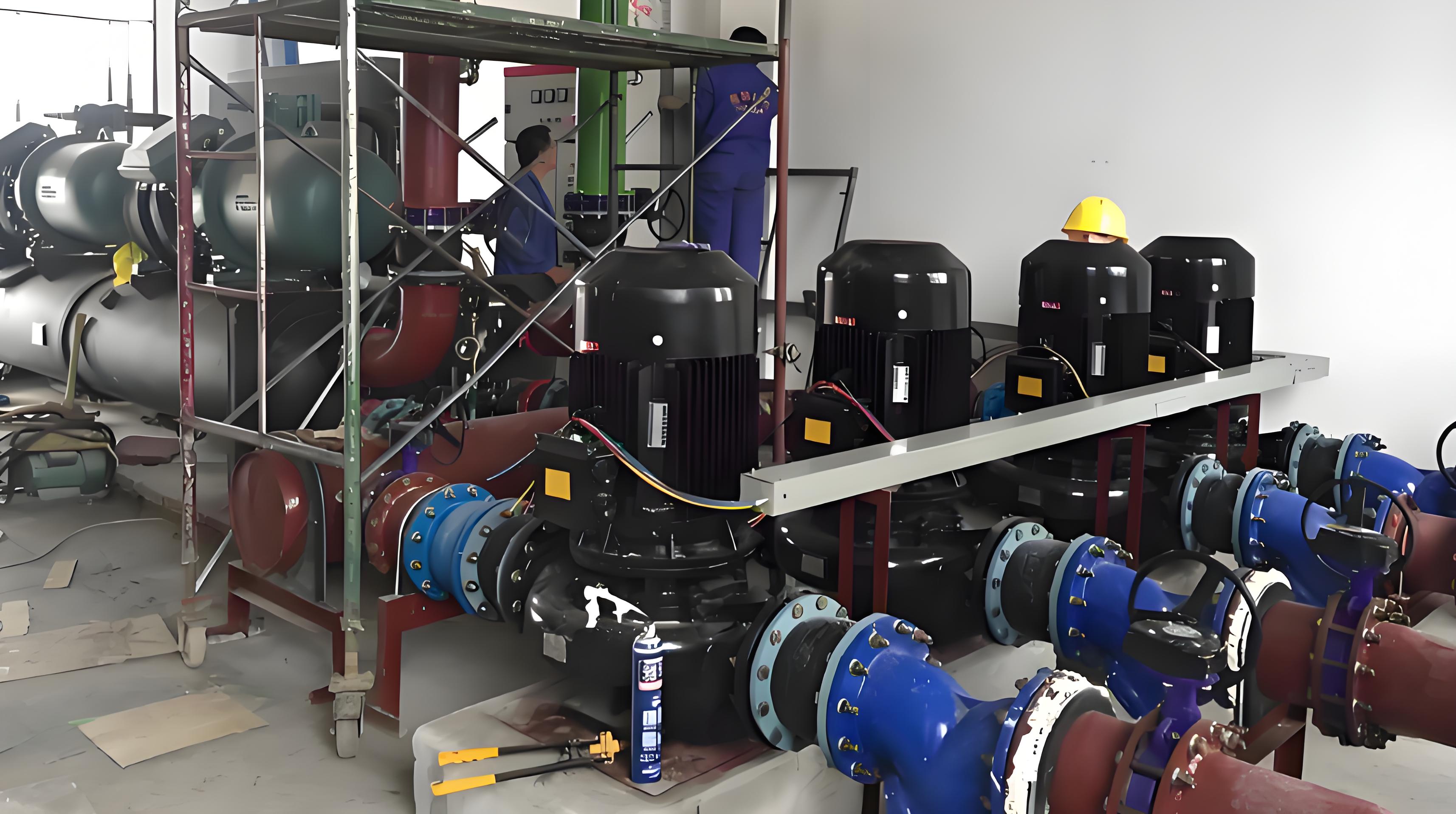
After construction, the cleanroom must undergo validation to confirm it meets specified standards. This phase is critical in cleanroom engineering, as it verifies that the environment performs as intended under operational conditions. Testing includes particle counting, airflow velocity checks, and pressure differential measurements, often following protocols like those in ISO 14644-3. Additionally, microbial monitoring might be required for life sciences applications.
TAI JIE ER integrates comprehensive validation into their cleanroom engineering services, conducting tests such as smoke studies to visualize airflow patterns and HEPA filter integrity checks. In one case, for a pharmaceutical client, the team achieved certification ahead of schedule by using automated monitoring tools, demonstrating the efficiency of well-planned cleanroom engineering. Certification from recognized bodies provides credibility and assures stakeholders of the cleanroom's reliability. This phase isn't just a formality; it's an opportunity to fine-tune systems, ensuring that the cleanroom engineering outcomes align with real-world demands. Post-validation, documentation is provided for regulatory submissions, making it easier to navigate industry inspections.
The final phase of cleanroom engineering focuses on long-term sustainability through maintenance and monitoring. A cleanroom isn't a "set-and-forget" asset; it requires regular upkeep to retain its classification. This includes routine tasks like filter replacements, surface cleaning, and calibration of monitoring equipment. Predictive maintenance, using data from sensors, can preempt issues before they escalate, a practice TAI JIE ER advocates in their cleanroom engineering partnerships.
For instance, in a maintenance contract with a healthcare provider, TAI JIE ER implemented a digital dashboard for real-time air quality tracking, reducing downtime by 20%. This proactive approach is essential in cleanroom engineering, as it extends the facility's lifespan and ensures consistent performance. Staff training is another key component; educated personnel can adhere to protocols, minimizing human-induced contamination. By embedding maintenance into the cleanroom engineering lifecycle, businesses can avoid costly repairs and maintain compliance effortlessly. Ultimately, this phase underscores that cleanroom engineering is an ongoing commitment, not just a project milestone.
Opting for custom cleanroom engineering, as offered by TAI JIE ER, brings multifaceted benefits. Tailored solutions ensure that the cleanroom fits specific operational needs, enhancing efficiency and reducing resource waste. For example, a custom-designed cleanroom might integrate seamlessly with existing production lines, boosting throughput without sacrificing cleanliness. Moreover, custom cleanroom engineering allows for scalability, accommodating future expansions or technological upgrades.
TAI JIE ER's expertise in cleanroom engineering also translates to cost savings over time, as optimized designs lower energy consumption and maintenance costs. In a recent success story, a client reported a 15% reduction in operational expenses after switching to a custom cleanroom engineered by TAI JIE ER. Beyond economics, this approach fosters innovation by providing a stable environment for R&D. As industries evolve, the demand for precise cleanroom engineering will only grow, making partnerships with specialized firms like TAI JIE ER a strategic advantage. By prioritizing customization, businesses can achieve not just compliance, but a competitive edge in their markets.
Q1: What factors influence the cost of a cleanroom engineering project?
A1: The cost of cleanroom engineering depends on several variables, including the size of the facility, the required cleanliness class (e.g., ISO Class), customization level, and materials used. For instance, a high-level ISO Class 5 cleanroom with custom features might cost more due to advanced filtration and controls. TAI JIE ER provides detailed assessments to give accurate estimates, ensuring transparency in cleanroom engineering budgets.
Q2: How long does it typically take to complete a cleanroom engineering project from start to finish?
A2: A standard cleanroom engineering project can range from a few months to over a year, depending on complexity. Phases like design and certification add time, but TAI JIE ER streamlines processes through experience, often delivering projects faster without compromising quality in cleanroom engineering.
Q3: What are the key standards and regulations in cleanroom engineering?
A3: Cleanroom engineering adheres to international standards such as ISO 14644 for air cleanliness and, in specific industries, guidelines like FDA cGMP for pharmaceuticals. TAI JIE ER designs all projects to meet these benchmarks, ensuring that cleanroom engineering outcomes are globally compliant.
Q4: Can cleanroom engineering be applied to retrofit existing facilities?
A4: Yes, cleanroom engineering often includes retrofitting, where existing spaces are upgraded to meet cleanroom standards. TAI JIE ER specializes in such projects, using modular designs to minimize disruption while achieving desired cleanliness levels through tailored cleanroom engineering.
Q5: Why is custom cleanroom engineering preferred over standard solutions?
A5: Custom cleanroom engineering addresses unique operational needs, such as specific workflow layouts or integration with existing equipment, leading to better performance and cost-efficiency. TAI JIE ER's custom approach in cleanroom engineering ensures that each project is optimized for long-term success, unlike one-size-fits-all options that may require compromises.
In summary, cleanroom engineering is a dynamic field that demands careful planning, execution, and maintenance. By following these five phases and leveraging custom solutions from experts like TAI JIE ER, businesses can create environments that drive innovation and reliability. If you're considering a cleanroom project, start with a needs assessment and partner with a trusted provider to navigate the complexities of cleanroom engineering effectively.

